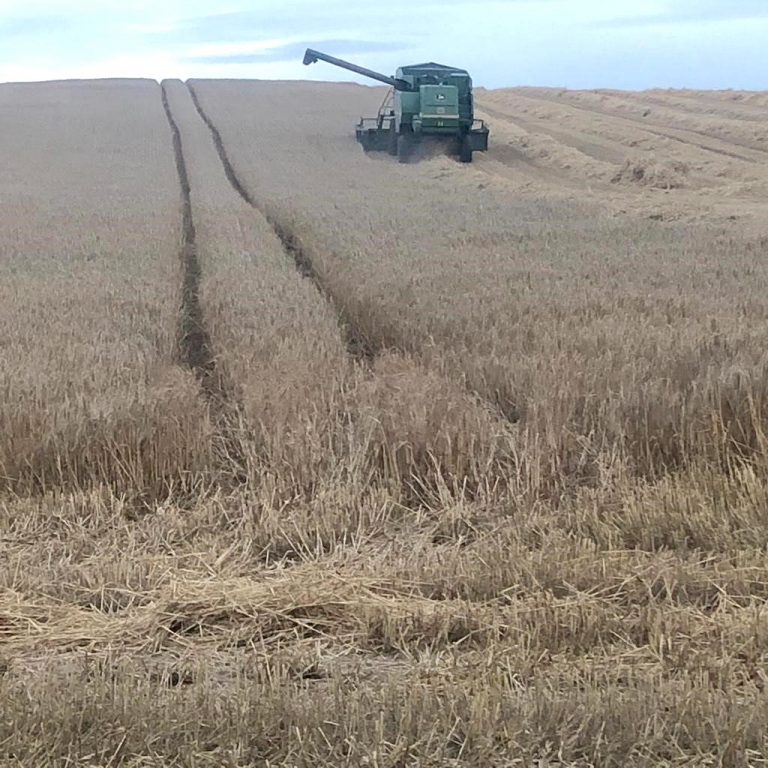With the breeding season fast approaching, now is the time for farmers to ensure that their cows are ready for the weeks ahead. Farmers must set farm targets and keeping an eye on Body Score Conditioning. They also must also turn their attention to hoof care and addressing any lameness issues in the herd.
Types of lameness
Lameness is where an animal has a pain in their leg or foot, and it is affecting how they walk. There are two types of lameness: clinical and subclinical. Clinical lameness is more obvious where the farmer can see a limp or if the animal is having difficulty standing on all four feet. Subclinical lameness is harder is identify. Farmers should watch out for an arched back while walking or standing, stiff joints, taking short steps or standing with their front legs crossed. It is important for farmers to detect lameness as early as possible as it is not only a problem for the health of the cow but it can also lead to financial loss for the farm business.
The cost of lameness
Farmers will see a direct costs of animal lameness in milk withdrawal, milk loss, weight loss and vet bills. However, indirectly it can be a bigger issue. Lameness can affect heat detection and contribute to fertility issues for the cow. At this stage extra services may be required and in some cases the animal may need to be culled.
An animal’s feet need to be kept in good condition for the animal to function properly and be healthy and profitable. We have created some guidelines for farmers to follow.
Good quality pathways
Firstly, farmers need to consider the pathways that their animals are taking. The quality of farm roadways is crucial to maintaining healthy feet. Keep roadways and cow paths in good condition and recondition areas that erode easily with fine gravel. Make sure animals have easy access to food and water.
For cows that are freshly calved, it is best for them to avoid walking long distances for 48 hours. This allows the pedal bone time to settle back.
The weather can affect the foot
Unsettled weather conditions can also play a factor in increasing the risk of lameness. Where the weather has been wet with a lot of rainfall; the foot can soften and stones could get stuck in the hoof. It is important for farmers to be aware of this and monitor their animals around the time of heavy rainfalls.
Hygiene is key
Around the yard, hygiene plays a key part in keeping animals healthy. It is recommended to regularly scrap passageways and remove the build-up of slurry in any areas. Also, check for the pooling of water around the yard as this may house bacteria. When moving and handling animals, don’t rush them or cause extra stress. Observe cows as they are walking on flat ground. Take immediate action if there are any signs of lameness.
We would recommend for farmers to contact FRS at the onset of any lameness, especially coming into the breeding season, but strongly advocate that a routine hoof health check is done on the herd twice a year. Our Hoof Care Technicians will be able to advise you on what maybe causing lameness problems and most importantly, what steps you can take to help prevent the problem in the future.
FRS provides an expert Hoof Care service to farmers. FRS Operators are following the current Covid 19 guidelines to safeguard the health and safety of customers and themselves. Find out more about hoofcare and your local FRS Office here: www.frsfarmrelief.ie/hoofcare.




